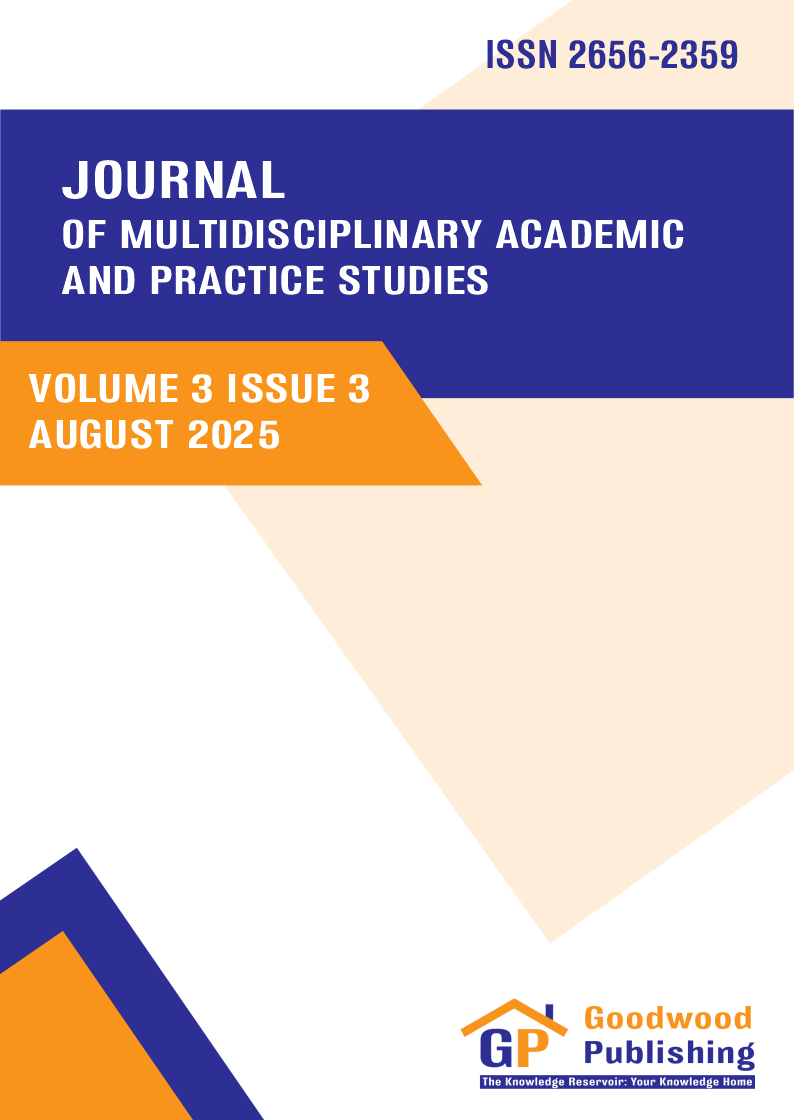Analysis of the effect of Supplementary Food Provision (PMT) budget distribution on improving child nutrition for stunting eradication in Mimika Regency
Abstract:
Purpose: This study aims to analyze the effect of the distribution of the Supplementary Food Provision (PMT) budget on improving child nutrition for stunting alleviation in Mimika Regency.
Research methodology: The analysis method used is the associative method. The data collection methods used were questionnaires and interviews. The analysis method used is simple linear regression
Results: that the distribution of the PMT budget has provided benefits to the target group, especially children under five and pregnant women who are at risk of malnutrition. However, the effectiveness of this program still faces various challenges that need to be improved so that the main objectives in improving nutritional status and reducing stunting rates can be achieved optimally and the distribution of the PMT budget has a positive and significant impact on improving child nutrition for stunting alleviation in Mimika Regency.
Conclusions: The distribution of the Supplementary Food Provision (PMT) budget plays an important role in improving child nutrition as part of the stunting alleviation strategy in Mimika Regency. The analysis shows that proper allocation and targeted use of the PMT budget can have a positive impact on improving children's nutritional status, although there are still challenges that need to be addressed to achieve more optimal and sustainable outcomes.
Limitations: The data used mainly comes from local government reports, which may not fully reflect the conditions on the ground. Second, the scope of the study is limited to Mimika Regency, so the results may not be generalizable to other regions with different characteristics. Third, this study does not take into account other external factors that may also affect child nutritional status, such as parenting practices, access to healthcare services, and the social and economic conditions of families. Therefore, further research with a more comprehensive approach involving primary data from communities and health workers in the field is needed
Downloads

This work is licensed under a Creative Commons Attribution-ShareAlike 4.0 International License.

